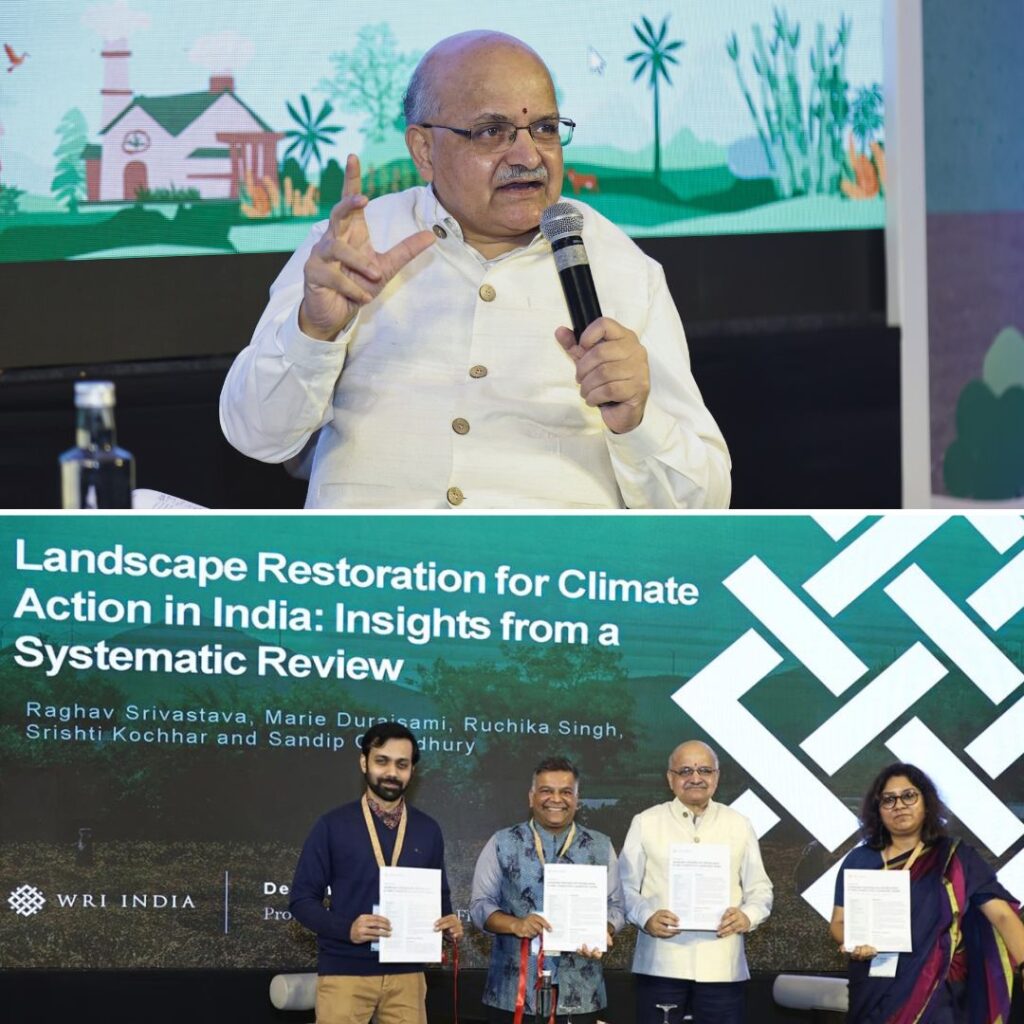Ashita and Anish Nath left their comfortable jobs in the national capital and moved to a farm in Unnao village, Uttar Pradesh which is about 22 km from Lucknow, their hometown. They wanted to make a difference in peopleâs lives as opposed to just making money. They have two very young children who live with them on a farm in Unnao. They came to the farm like any other city dweller wanting to make a change and hoping to help farmers in distress but were very surprised to find that Indian agriculture faces greater issues.
They found that in spite of the fact that Unnao had a lot of youngsters, the village was unable to benefit from this demographic advantage. Girls were not sent to school in order to help with household chores or to take care of their siblings. This is not very different from the gender discrimination seen in many parts of our country. Girls and women in India not only fight a battle against gender bias, discrimination, lost opportunities etc., but also against mindsets which curtail their movements and harm their well-being. They found themselves on a cusp where they could not ignore this anymore.
Education is the key
Asista believes that more than loans or start-up grants the village needs a better education system. She has been teaching for over a decade and understands child psychology better. She believes that education alone has the power to break the cycle of gender discrimination and give hope to the girls for the future along with empowering these youngsters by making more opportunities available to them and making the process of learning enjoyable as opposed to being tedious.
Different strategies in villages
Girls in villages need a different vision for themselves. A school in a village should give exceptional educational facilities, comfortable learning atmosphere for the less fortunate along with the opportunity to grow up without social pressure. While these young girls seek empathy with bonds among themselves, they also need strong female role models they can look up to so that they are equipped to adapt to the ever-changing demands of the world.
Why agriculture in school
Asista says that before starting the school in 2016 they worked for 4 years with farmers and found that many small and marginal farmers are struggling to make ends meet. Farming is backbreaking, but their efforts are not in tandem with the income they get. It broke their hearts to realise that farmerâs children do not want to till the land anymore. Boys are looking for better career options. Girls, on the other hand, are spending more time on the farms to help their parents. So, while boys and young men are moving to greener pastures, girls and women are left behind to care for aged parents and help out in the farm. Resulting in more time spent by women on the farms than their male counterparts.
In order to ensure that girls are abreast with latest developments in agriculture as well as have the wisdom of generations, The Good Harvest School has incorporated agriculture in its curriculum.
Why Good Harvest School
At the Good Harvest school for girls, they are not limiting themselves to just academics. They are striving to make their environment in school, homes and neighbourhood safe. It is a 100% non-profit school which doesnât let low fees come in the way of quality education for girls. The school is only meant for girls so that they feel safe and parents allow them to come to school. They address the issue of a mother passing the gender inequities by conducting regular parenting workshops. They also organise social gatherings such as farmerâs meet, a library for all, movie screening etc., to serve the community. Not just that, the school also hosts regular farmersâ meet, movie screenings, language class and computer classes in evenings.
School premises
At The Good Harvest School, an open space of 30,000 sq ft is provided for students to learn about good farming practices. The students get a hands-on experience in preparing seed beds, grow a variety of saplings/seedlings in the nursery and become aware of the know-how of new-age agriculture. They are keen on developing a good facility for sports and music, open library etc., Not just students from this village but neighbouring villages will be able to access over 5,000 books from the open library. Asista says, âwe are giving harvest holidays twice a year so that parents do not keep girl students at home during unscheduled breaks for harvest work or for taking care of other household choresâ. Their volunteer program will bring global education standards as they will not only have regular volunteers at the school, but encourage their students to volunteer as well.
Library Asista says, âparents should not pull the 12-13 old girls out of the school as it will still take another 5 years for them to be capable enough to take the class X board exams. At The Good Harvest school, we will…












